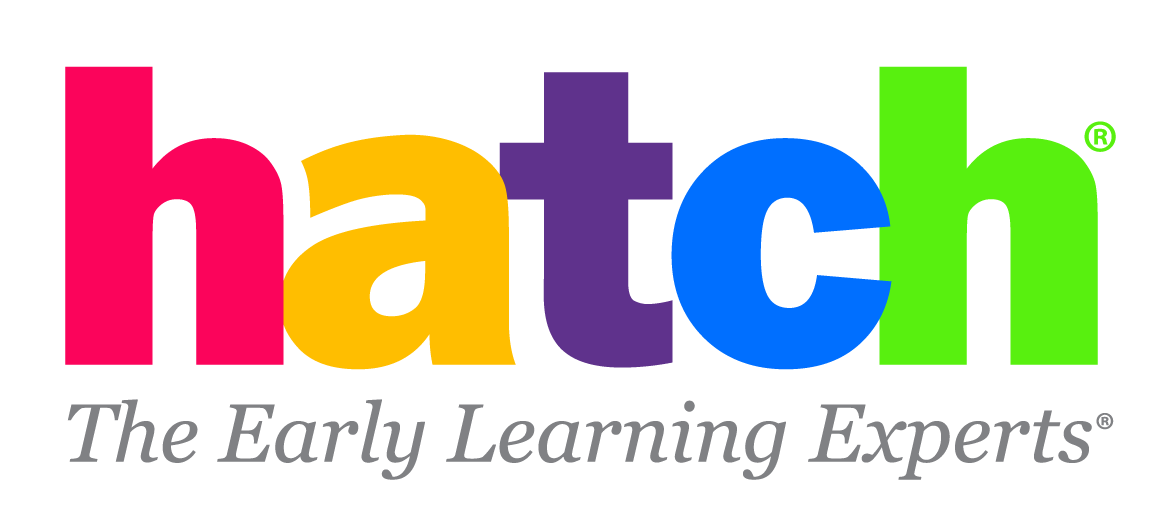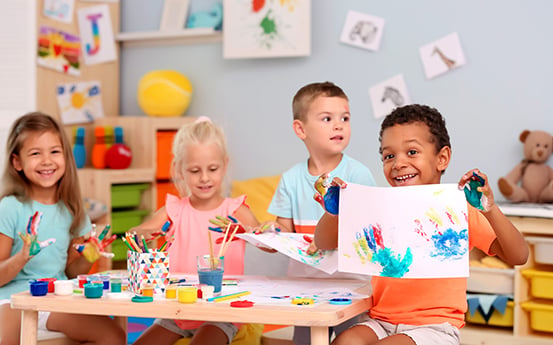Drawing is widely recognized as part of the developmental progression of writing development. However, drawing remains to be something that it not widely taught in early childhood classrooms. Since drawing is part of a young child’s writing tools, we need to embrace this developmental stage of writing and explicitly teach drawing to young children!
I was first introduced to this idea by Marth Horn and Mary Ellen Giacobbe in their book Talking, Drawing, Writing: Lessons for Our Youngest Writers. Horn and Giaccobbe (2007) write, "If we really believe that drawing is writing, then we need to give our students information about how to draw well, just as we do with writing word" (p. 52). I echo their calling and encourage you to think about incorporating drawing lessons into your writing instruction with young children. Until children become fluent writers of words, drawing will always play a valuable role in helping children organize their thinking and express their ideas. Organizing thinking and expressing ideas are foundations for writing.
Let’s explore a few reasons as to why drawing should be integrated into writing instruction in the early childhood classroom:
Drawing builds on children’s interests and strengths
Drawing is an enjoyable activity that many young children engage in frequently, and it is a skill with which young children enter school. They have been using a variety of writing utensils to make intentional marks on paper (or walls!) since they were toddlers. When you ask a child to tell you about their drawing, they have a clear answer about the marks on the page, which adults may perceive as scribbles or chaos, which is not usually the case! The word “scribble” typically has a negative connotation; adults use this word to describe marks on a page that they do not understand and therefore, label as messy. However, this connotation does not honor the child’s intention of express ideas through drawing.
When we recognize that children are expressing ideas through visual symbols constructed on a page, we can then begin to view children’s drawing as an early form of writing. We can then help them hone their drawing skills to express their intentions more clearly as we provide them with drawing instruction. Leveraging a child’s natural inclination to draw capitalizes on their developmental strengths and promotes success and confidence in young writers.
Drawing can be used to help teach the writing process
Brainstorming. Drafting. Revising. Editing. Publishing. The steps of the writing process are well known. Did you know that children can go through this process with drawing? Each step of the writing process can be introduced and explored through drawing.
- Brainstorming – Ask children to tell you a story they want to draw. Have them tell this story several times to flesh out details and the order. They can then share ideas of what they will draw on the page.
- Drafting – Children can then sketch a drawing or series of drawings to portray a story that aligns with their brainstorming.
- Revising – Have children tell their story again and help them evaluate whether their drawing(s) match the story they are telling. Children can revise their sketches by adding additional elements to their drawing or by removing elements that do not align with their story.
- Editing – Editing a drawing looks like erasing any stray lines, filling in spaces where there is missing color, and adding final details to drawings (i.e. adding a door knob to a door, water to a fish bowl, or a nose to a face)
- Publishing – Invite children to share their final drawing and to tell their story. It is important to make a distinction between “telling a drawing” and “telling a story”. Telling a drawing sounds like the child pointing to certain elements of their drawing and sharing labels (e.g. “This is my mom, and this is my dog.). Telling the story behind the drawing sounds like connected details (e.g. “My mom was playing with our dog in the backyard. She would throw the ball really far and my dog would chase after it.”)
As we engage young children in the writing process through drawing, we are not only building the foundation for later writing development, but also teaching valuable cognitive and language skills. These skills include recalling memories, connecting ideas, using specific vocabulary, and forming complex ideas into language.
Drawing can help children learn about craft and structure of writing
As children think about filling in details in their drawing, decide what details to draw viewers’ attention to, and draw a series of pictures, they are learning about craft and structure. Craft and structure include how text is organized, word choice, and types of genres. How is this translated in drawing?
- Organization – As children draw a series of drawings to portray a story, they must decide which details go on which page. The order of the drawings must correspond with the order of the story to create a beginning, middle, and end. As children move beyond a three-page drawing (each page representing either the beginning, middle or end of the story), they must decide how to break the story into a series of illustrations that when presented together portray a coherent plot. That is big thinking for a young child!
- Word Choice – While children are not necessarily writing words as they draw, they are making choices about what details to illustrate, and as they make these decisions, they are building the foundation for word choice when they begin to write words. For example, instead of drawing a person who is standing, a child may decide to draw a person who is running. If a child can learn to be specific in their illustrations, they can more easily use describing words in their writing. A child learns to draw a person running, may choose to write the sentence “I ran to the slide, because I wanted to be the first person on it” rather than “I went to the slide.” Rich details in illustrations translate into rich writings that draw the reader into the story.
- Types of Genres – Children’s drawings do not have to be limited to personal narratives or fictional stories. Through drawing, children can explore procedural text (how-tos), informational text, and poetry. For example, if a child drew a series of drawings illustrating the steps, they follow to make a bowl of cereal, they are creating a ‘procedural text’. If a child draws a series of scientific drawings to teach viewers about tigers (what tigers eat, where tigers live, etc.), they are creating an informational text. Young children can learn about the structures of different genres through drawing before they learn about these structures in writing.
So, what do I mean when I say we should teach drawing? Teaching drawing looks like incorporating drawing ‘mini-lessons’ into your day. Ideas for drawing mini-lessons include:
- How to sketch lightly to create a draft
- How to draw faces
- How to draw people and animals in motion
- Filling in the background to create a setting
- Selecting the specific colors
- Focusing on small details
In drawing mini-lessons you will model drawing skills (you do not have to be an artist!) and then provide children time to practice these skills. As you model, think aloud (just like you do when you are modeling writing). Invite children to share their drawings and explain how they drew what they drew. Consider focusing on one skill over several mini-lessons to help children internalize the skill you are teaching and provide them with many opportunities to practice.
Hopefully, you see the value of integrating drawing instruction into writing instruction. When we do so, we recognize that children are writers who use drawings to express their ideas. We honor the rich literacy practices that children DO enter school with and acknowledge that children are writers from a young age, even before they can use conventional writing to express ideas.
I leave you with a quote from Horn and Giacobbe (2007):
“Most important, drawing is part of writing because it is what young children do naturally and playfully. And playfulness that energizes, challenges, and engages is essential in our classrooms” (p. 64).
Happy drawing!

